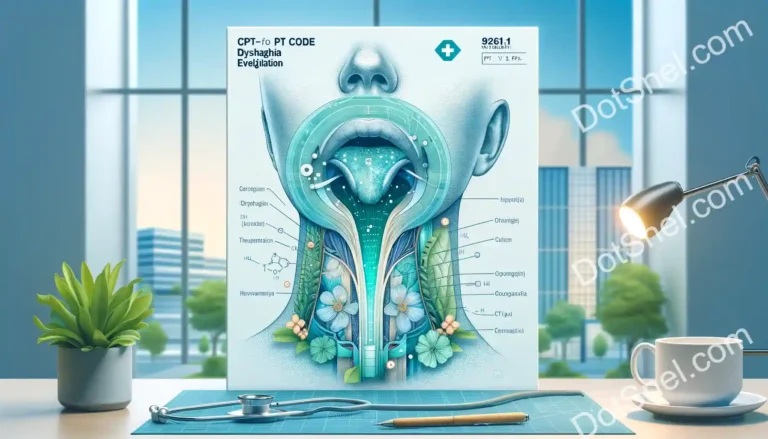Navigating the World of Dental Treatments: A Patient’s Guide
Dental health serves as a critical aspect of our overall well-being, often serving as an indicator of the state of our general health. Beyond merely ensuring a bright smile, maintaining good dental health is crucial in preventing a multitude of oral diseases, which can lead to severe complications if left untreated. These range from cavities and gum disease to more serious conditions like oral cancer.
If you’re new to the world of dental treatments, navigating through the different procedures and options can be overwhelming. This guide aims to provide a comprehensive overview of the most common dental treatments available, their purposes, and what to expect during and after each procedure.
Understanding Common Dental Procedures
From routine cleanings and fillings to more complex procedures like root canals and dental implants, there is a wide range of dental treatments available. Understanding each procedure’s purpose and what it involves can help you make more informed decisions about your oral health.
1. Routine Cleanings
Routine cleanings, also known as prophylaxis, are recommended every six months to maintain good oral health. During this procedure, your dentist or dental hygienist will remove plaque and tartar buildup on your teeth, preventing cavities and gum disease. They will also polish your teeth to remove any surface stains and provide fluoride treatment to protect against tooth decay.
2. Fillings
Fillings are one of the most common dental procedures used to repair cavities caused by tooth decay. Your dentist will remove the decayed portion of your tooth and fill it with a material like composite resin, amalgam, or gold. This prevents further damage and restores the shape and function of your tooth.
3. Root Canals
A root canal is necessary when the inner pulp of your tooth becomes infected or inflamed. During this procedure, your dentist will remove the infected tissue, clean and seal the inside of your tooth, and then cover it with a filling or crown to protect it from future damage.
4. Dental Implants
Dental implants are used to replace missing teeth permanently. They consist of a titanium post that is surgically placed into your jawbone, acting as a replacement for the tooth root. A crown is then attached to the post, providing a natural-looking and functioning tooth.
What To Expect During and After Dental Procedures
The thought of undergoing a dental procedure can be daunting, but knowing what to expect can help ease any fears or anxieties. Factors like the type of treatment, the complexity of your case, and your pain tolerance will determine the exact experience. However, here are some general things you can expect during and after most dental procedures:
Before the Procedure
Your dentist will discuss the treatment plan with you, including any alternatives, risks, and expected outcomes. You may also be given pre-procedure instructions like avoiding food or drinks a few hours before your appointment.
During the Procedure
Depending on the type of treatment, your dentist may administer local anesthesia to numb the area being treated. This helps prevent any pain or discomfort during the procedure. You may also feel some pressure or vibrations as your dentist works on your teeth.
After the Procedure
After the procedure, you may experience some soreness, swelling, and bleeding for a few days. Your dentist will provide post-procedure instructions and prescribe pain medication if needed. It is essential to follow these instructions carefully to ensure proper healing and prevent any complications.
Choosing a Dentist
When it comes to your dental health, choosing the right dentist is crucial. If you live in Honolulu, Hawaii, here are some tips for finding a reputable and trustworthy dentist:
- Ask for recommendations from friends and family who live in the area.
- Research online reviews and ratings of dentists in your area.
- Consider the dentist’s qualifications, experience, and areas of specialization.
- Visit the clinic to get a feel for the environment and meet the staff.
- Ask about insurance coverage and payment options.
By understanding common dental procedures, knowing what to expect during and after each treatment, and choosing a qualified dentist, you can navigate through the world of dental treatments with confidence and maintain good oral health for years to come. Remember, prevention is always better than treatment, so don’t forget to prioritize routine cleanings and proper oral hygiene practices for a healthy and happy smile.

Shahid Maqsood is an experienced writer and journalist with 10+ years in the industry. He is Content writer and Editor , where he writes daily articles covering topics like books, business, news, sports, and more. Shahid holds an MBA from Virtual University of Pakistan and a Master’s in Mass Communications. He is based in Faisalabad, Pakistan.
His work spans multiple platforms like dosttrusty.com and newsbreak.com,Quellpress.com , airriflehunting, and bruitly.com showcasing his versatility and depth. Shahid’s insightful articles reflect his expertise, authoritativeness, and trustworthiness, making him a respected and reliable voice in digital content creation. His contributions engage and inform readers, embodying professionalism and passion in every piece.



![TotalShield Max Reviews [2022] – The Best Air Pollution Mask?](https://dotsnel.com/wp-content/uploads/2022/04/TotalShield-Max-Reviews-768x401.webp)



